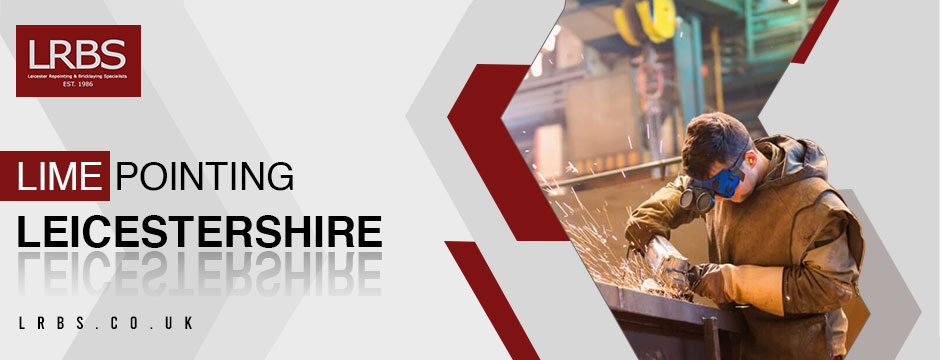Extreme temperature alterations or changes in moisture levels can cause serious damage to lime mortar, such as cracks, friable or sandy surfaces, shrinkage, or even complete failure. Besides, low temperatures can cause delayed setting and failure because of freeze-thaw damage. So, before proceeding with lime pointing in Leicestershire, check issues due to such weather changes and their possible solutions.
-
Moisture
If you have just applied the lime mortar, you need to manage the moisture content minimum of one week after it has been applied. The substrate has to be dampened properly before its application. It can prevent active suction from drying out the mortar. After you apply it, the freshly applied lime has to be dampened with the help of light or mist spray as it is necessary to keep a moistened state.
-
Hot weather
Drying wind, direct sunlight, and hot weather can dry a fresh mortar at an enhanced rate. To reduce the exposure, you can cover the mortar with a protective layer (for example, hessian). To render work, we recommend hanging this hessian on the scaffolding inside, a short distance from your wall at the time of lime pointing in Leicester. In this condition, you need to keep the hessian wet so a damp climate can be maintained for the mortar behind.
-
Timing
Before the lime mortar, the time required to be properly set to tolerate freeze-thaw damage. This tolerance depends on the used lime and the curing situations. If the lime mortar is weak, you must invest a long time to acquire sufficient strength to cure the damage. Based on ideal conditions, the required time can range from several months and a few weeks. Low temperature can slow the procedure when the curing completely ceases below 5°C.
-
Very low temperature
The hydraulic set of lime needs a minimum of 5°C; if the temperature goes below this temperature from 0°C to 5°C, it may not damage the mortar as no setting action will take place. Hence, during lime pointing in Leicestershire, if the temperature drops further, it can freeze, whereas in the mortar, the moisture gets frozen and expanded. It can result in complete or partial failure in the mortar. In this regard, you must avoid using externally when subzero temperatures are expected. To do this work, you need to ensure insulation and protection behind the covering. It helps to ensure that the mortar surface remains above 0°C even when the temperature drops below the temperature. For enclosed scaffolds with a solid cover, you can introduce a heat source inside the scaffolding. In this way, you can make an artificial climate as well as maintain a temperature above 5°C.
Hence, it can be summarized that premature or rapid drying can cause multiple issues. For this reason, lime mortar has to be protected in extreme environmental conditions. If you need detailed guidance on lime pointing in Leicestershire, you can contact LRBS professionals.





0 Comments